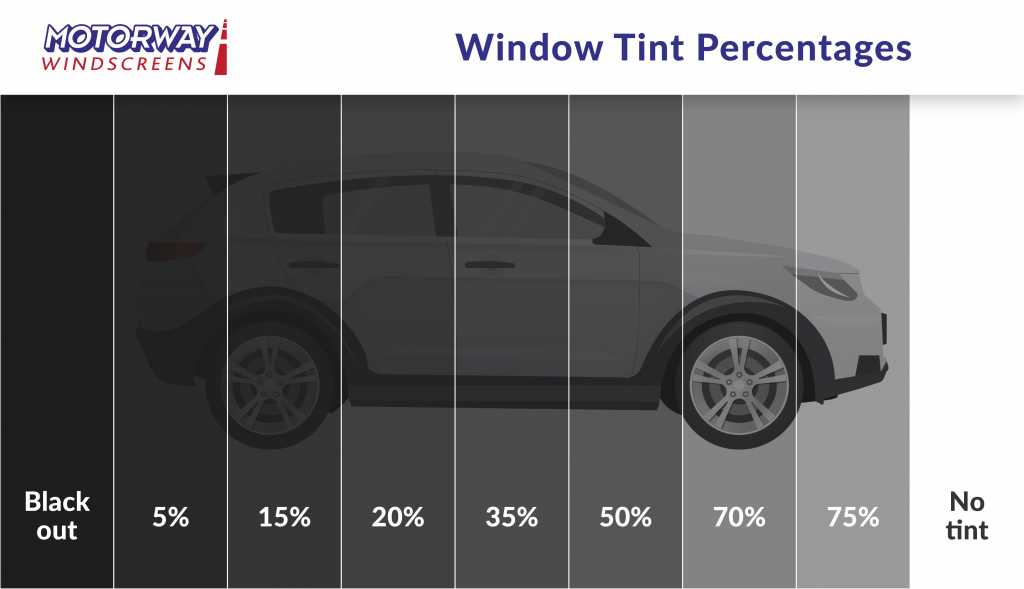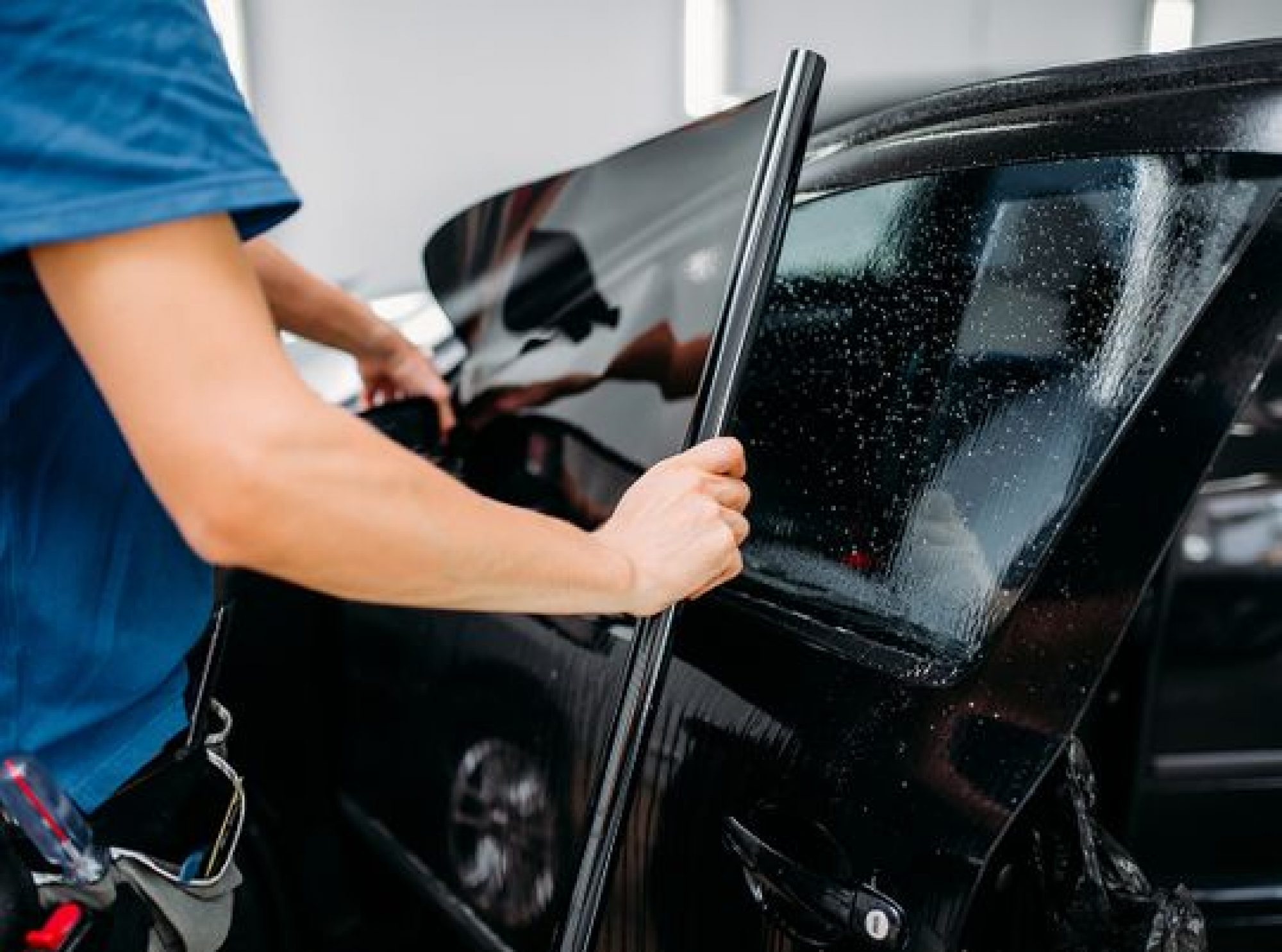Home Window Tinting Rules: What You Need to Know Before Tinting Your Vehicle
Comprehending home window tinting regulations is essential for any kind of car proprietor considering tinting their car. As you consider improving your car's look and functionality, it is important to comprehend not only the lawful implications but also the functional considerations that come with selecting the ideal color.
Importance of Comprehending Color Rules
Understanding window tinting laws is crucial for vehicle proprietors to guarantee compliance with state guidelines. These legislations determine the permissible levels of tint darkness and reflectivity, which can significantly vary from one jurisdiction to an additional. Failing to adhere to these laws can lead to penalties, compulsory elimination of the tint, and possible difficulties throughout automobile inspections.
Furthermore, understanding these laws assists automobile owners make informed decisions regarding their tinting choices. Different sorts of window movies provide different advantages, such as UV protection, warm denial, and glare reduction. Without knowledge of the legal restrictions, car owners run the risk of picking products that might ultimately lead to lawful concerns.
Furthermore, recognition of tinting laws fosters a more secure driving atmosphere. window tinting. Exceedingly dark tints can harm visibility, boosting the threat of mishaps, particularly in the evening or in damaging weather. Police also use these regulations to ensure road security, making compliance not just a legal obligation however a personal duty
State-Specific Tint Rules
Each state in the united state has established its own specific guidelines regarding window tinting, showing a diverse array of standards and requirements. These policies can vary significantly, influencing exactly how vehicle owners come close to installment and conformity. Some states enable darker tints on rear home windows while imposing stringent restrictions on front-side windows.
In addition, regulations commonly define allowed color products and colors. Specific states ban reflective colors altogether, while others may permit them to a limited level. Additionally, some territories mandate that vehicles with tinted home windows display a sticker showing compliance with state regulations, giving a clear recognition for legislation enforcement.
Enforcement of these regulations additionally differs; some states are a lot more positive, performing arbitrary checks, while others count on complaints or visible offenses to start enforcement. Vehicle owners need to understand that failing to comply with state-specific color policies can result in fines, mandatory elimination of unlawful colors, or both.

Legal Tint Percentages
Determining the lawful color portions is important for vehicle proprietors seeking to adhere to state policies. Each state has certain laws regulating how much light should travel through the windows of a vehicle, which is revealed as a portion referred to as Visible Light Transmission (VLT) This percentage differs substantially across states and can depend on the kind of window-- front side, rear side, and windshield.
For instance, some states permit as low as 20% VLT on front side home windows, while others might permit as much as 50%. Windscreen tinting is frequently a lot more restricted, with several jurisdictions permitting only a narrow band of tint on top of the windscreen. On the other hand, back home windows usually have more tolerant laws, with some states allowing darker colors.
It is important for automobile owners to acquaint themselves with their neighborhood legislations to prevent prospective more info here lawful issues. This consists of understanding just how VLT is measured, as it can vary based on the type of home window movie made use of. Staying informed concerning these guidelines ensures conformity and advertises secure driving problems for both the automobile owner and others when driving.
Repercussions of Non-Compliance
Stopping working to adhere to home window tinting legislations can lead to considerable repercussions for automobile proprietors. Policemans educated to determine unlawful tint levels may release fines, which can vary by territory but typically range from moderate to substantial amounts.

Insurance coverage business might additionally enforce penalties for non-compliance, as unlawful alterations can be considered as a violation of policy terms. This can impact protection rates or cause complications in insurance claims if an incident takes place.
Eventually, the effects of non-compliance prolong beyond prompt economic charges; they can impact a chauffeur's insurance policy rates, legal standing, and overall automobile value, stressing the value of adhering to local home window tinting regulations.
Tips for Finding Tinting Options
Understanding the ramifications of non-compliance site here highlights the significance of making informed options when choosing home window tinting choices. Firstly, familiarize on your own with your state's details laws concerning tint darkness and reflectivity. Each state has distinct laws that determine the permissible restrictions, so ensure you remain within these standards to prevent fines.
Secondly, think about the type of color material. Options include colored, metalized, and ceramic tints, each offering varying levels of warmth being rejected, UV security, and sturdiness. Ceramic tints supply superior warmth resistance without interfering with digital gadgets, making them a prominent choice.
Additionally, evaluate your primary objective for tinting. If you look for boosted privacy, choose darker colors; nonetheless, maintain in mind that this may impact presence at evening. On the other hand, if glare reduction and UV protection are your main concerns, lighter colors might be adequate.
Finally, speak with an expert installer that is knowledgeable concerning regional laws and can recommend premium products fit to your demands (window tinting). Taking these factors right into account will guarantee you make a well-informed decision, ultimately boosting both your lorry's looks and performance
Verdict
Finally, knowledge with window tinting legislations is crucial prior to applying color to a lorry. Each state imposes certain regulations relating to visible light transmission portions, especially for front-side home windows explanation and windscreens. Non-compliance can lead to considerable penalties, consisting of fines and mandatory removal of non-conforming color. By understanding lawful needs and choosing proper color products, lorry proprietors can achieve aesthetic enhancement while continuing to be compliant with appropriate regulations. Adherence to these guidelines makes sure both safety and security and satisfaction.
Comprehending home window tinting regulations is important for any type of lorry owner taking into consideration tinting their automobile.Understanding home window tinting regulations is critical for car owners to make certain compliance with state regulations. Some states allow darker tints on back windows while enforcing strict limits on front-side home windows.
In comparison, rear windows generally have extra forgiving policies, with some states permitting darker tints. (window tinting)
In verdict, familiarity with home window tinting regulations is essential prior to applying tint to a lorry.